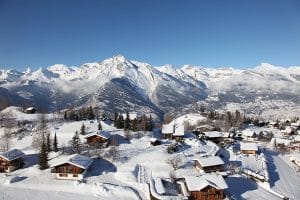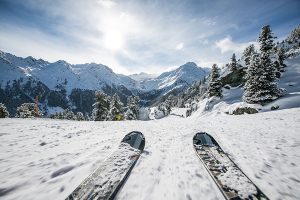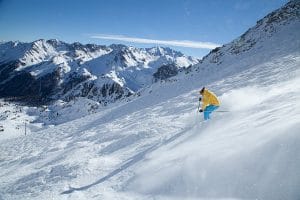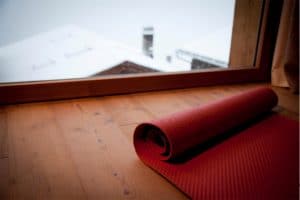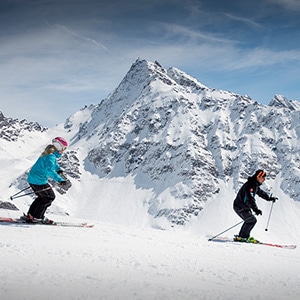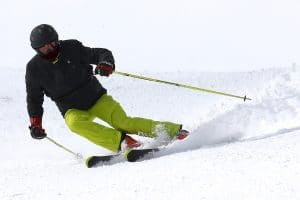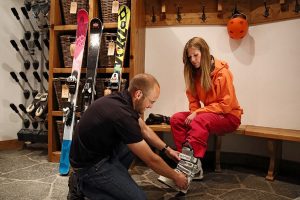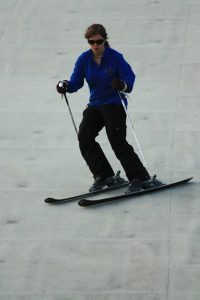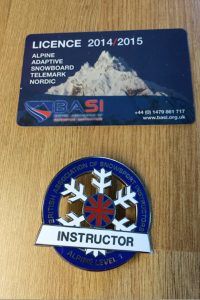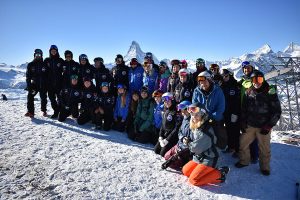Life as ski instructor and training for exams with ES Academy in Zermatt
If you haven’t read her first ES blog, Beth Lloyd is one of our instructors in Zermatt training towards her Level 3 ISIA exam with ES Academy. Here she talks about life training with the Academy and working as an instructor during some of the busiest weeks of the season.
“It’s been a mad few weeks. Christmas and New Year came and went in a flurry of snow storms and lift queues and we’ve emerged out of the other side after nearly three weeks of continuous teaching.
It’s not unusual for ski instructors to teach for weeks on end, sometimes months at a time, without a day off. It’s a pretty intense lifestyle but we love it. Peak weeks bring a surge of people to resort, booking out ski schools to maximum capacity and filling the slopes with beginners and pros alike. The first peak of the Zermatt 2017/18 season was no exception. I’ve been lucky enough to have a wide range of lessons during that time. Everything from three-year-old beginners to family groups who can ski the entire mountain all day long.
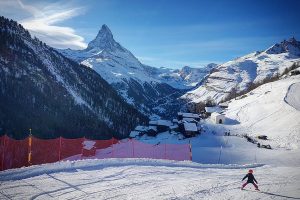
What people want from their ski instructor can vary hugely. Sometimes it can feel like I’m providing glorified day-care, others I’m a guide showing people the best slopes and cafes. I can be a confidence builder, concierge, playmate, coach. It changes every day and that’s what I love about the job.
Every instructor is different too. We all have our specialties, our strengths and weaknesses. The way we deal with problems and celebrate successes in our lessons changes, and being able to watch that in other instructors over peak week has been a great learning experience.

As part of the ES Academy team I am not only in the role of a ski instructor but also a trainee. There are four of us in the academy this year, with our Academy jackets. We’re here to train towards our ISIA qualifications in the quiet season and teach during peak. During the high season we put on the ES uniform and join in amongst the larger team of black-jacketed European Snowsport instructors here in Zermatt.
All four of us have good teaching experience already, being level 2 qualified. Both Gaby and Harrison have already worked in Canada, Japan and New Zealand! Emma has been teaching in Austria and the UK on dry slopes before coming here to Switzerland and I taught a season in Japan last year too. Add eight years of freelance work at a dry slope in the UK for me and we’ve stacked up a fair few teaching hours between us!
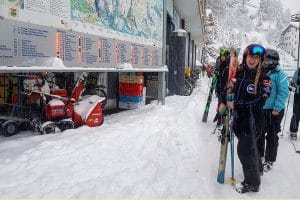
That said the wealth of experience here in Zermatt is worth paying attention to. The majority of instructors in the ES Zermatt team are level 3 and 4 qualified and great to watch at work. Just these few weeks of teaching alongside them have been a huge learning curve as we adjust to the new teaching terrain and how the ski school works.
During the quiet weeks outside of peak the Academy has been enjoying the great snow and quiet slopes. We train every morning with our coach, Lee, towards a variety of skills that will help towards our level 3 exams. To become a level 3 in the BASI (British) system there’s a fair few modules to pass:
- Language test: An aural test in a language of your choice (I’m choosing German), proving you could organise help in an emergency situation on the slopes and also teach basic skills in said language.
- Mountain Safety: Avalanche safety, ski touring, navigation and related equipment training.
- Coaching course: Training towards coaching and gate setting in racing.
- Second Discipline: A level one exam in another discipline. For example snowboarding, telemarking, or adaptive.
- Teaching Exam: Testing one’s ability to analyse and teach at a level 3 standard.
- Technical exam: Testing long turns, short turns, variable terrain, steeps and moguls at a level 3 standard.
- 200 teaching hours logged.
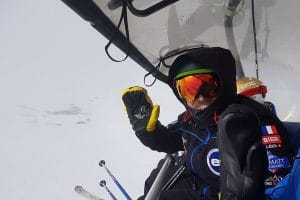
Now that peak time is over we’ve been getting back to training. It’s be nice to focus on our personal performance again and learn some new skills as part of the second discipline week. I think I’m going to give telemarking a go!
It’s not long until February comes around and we’ll be teaching again! In the meantime though it’s time to crack on and work hard towards level 3.”
You can follow Beth and read about her journey as a ski instructor on her blog, Pandora Mountain Photography. And if you’d like to find out more about level 3 ski instructor training courses with ES, check out the ES Academy website or drop us an email. And don’t forget to keep your eyes peeled for updates on our latest instructor training courses.

